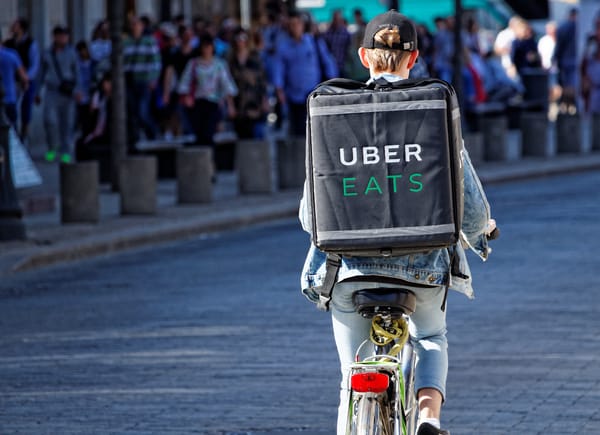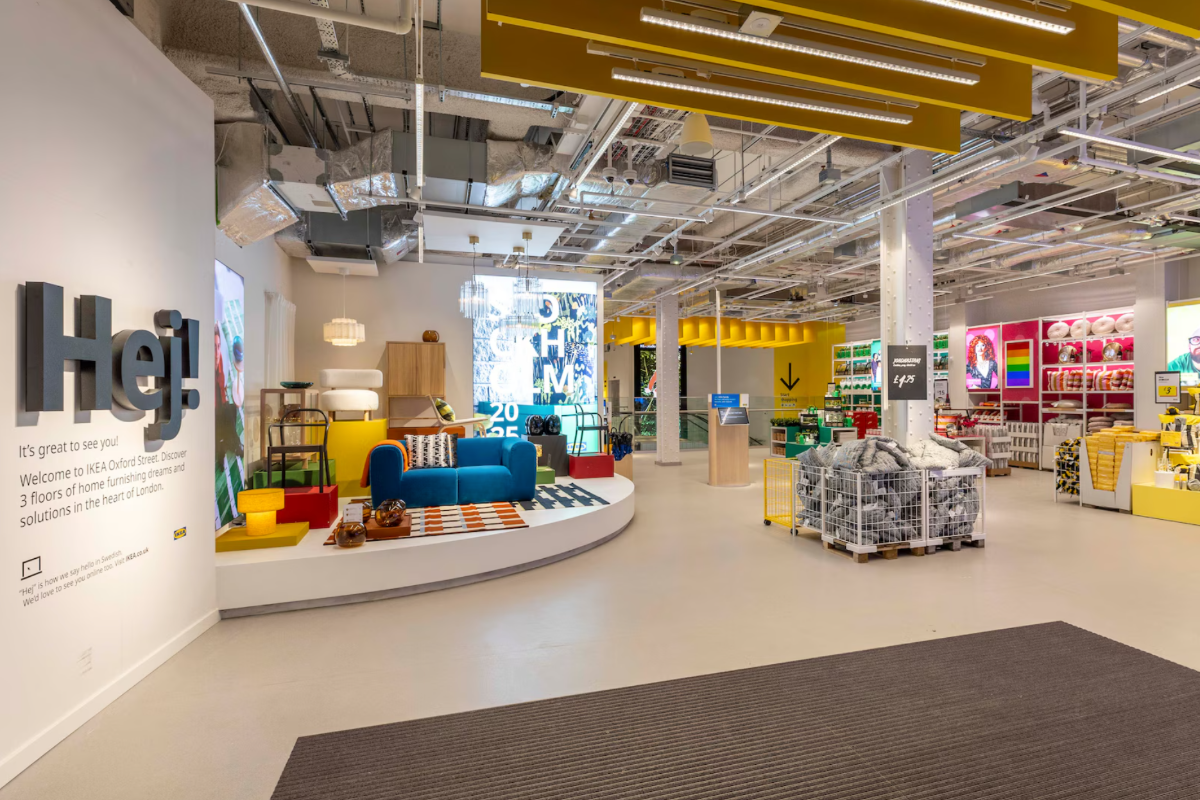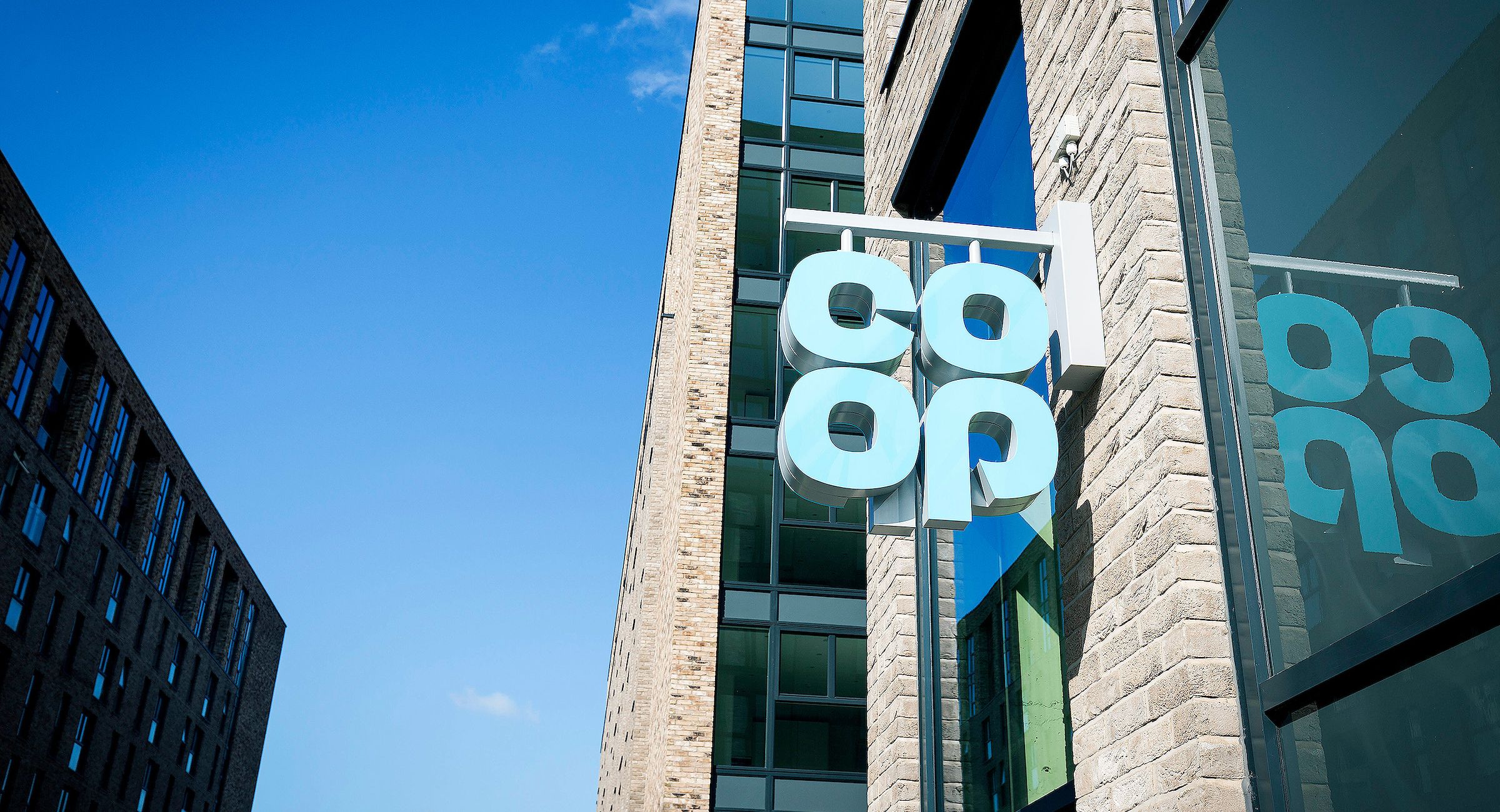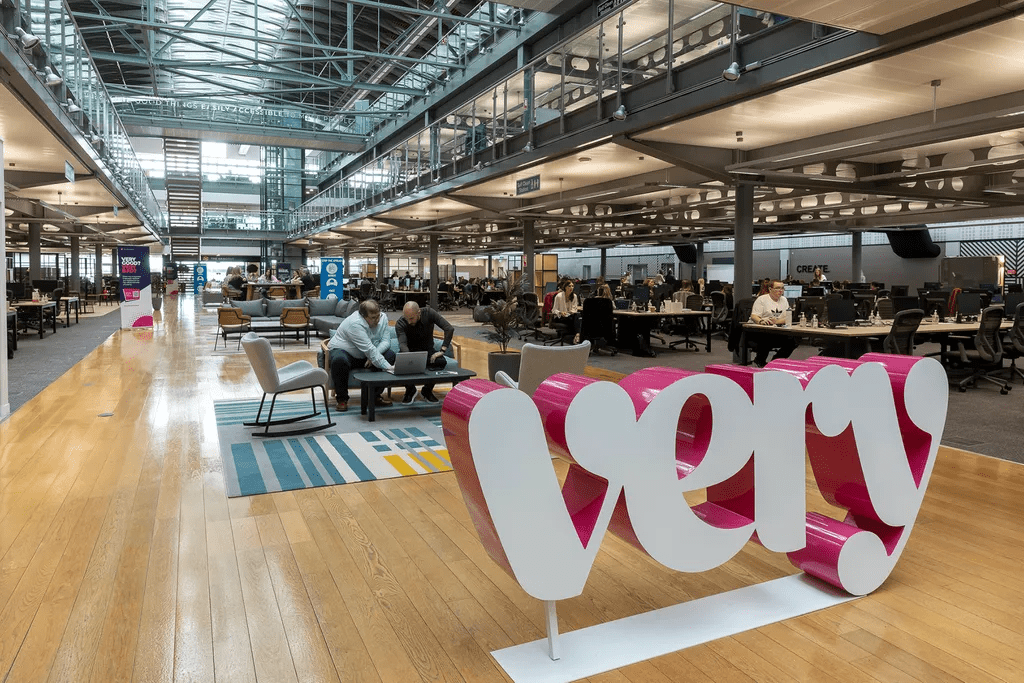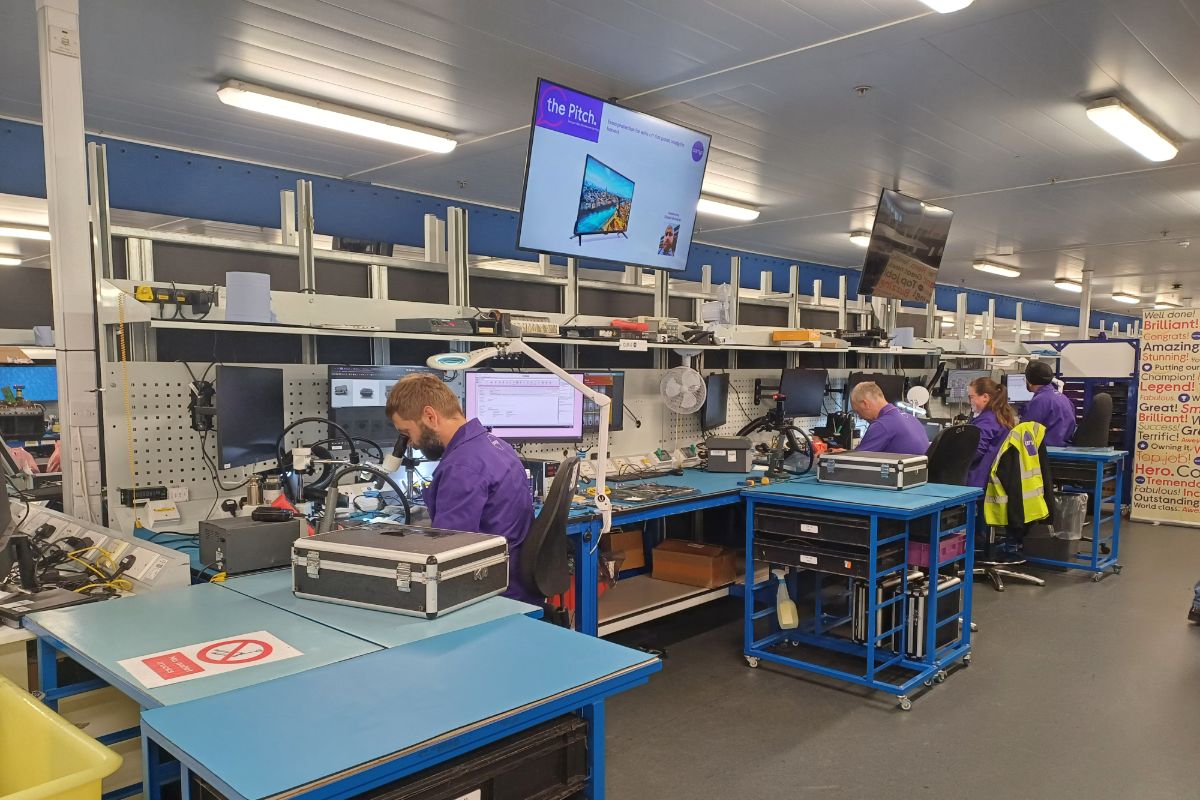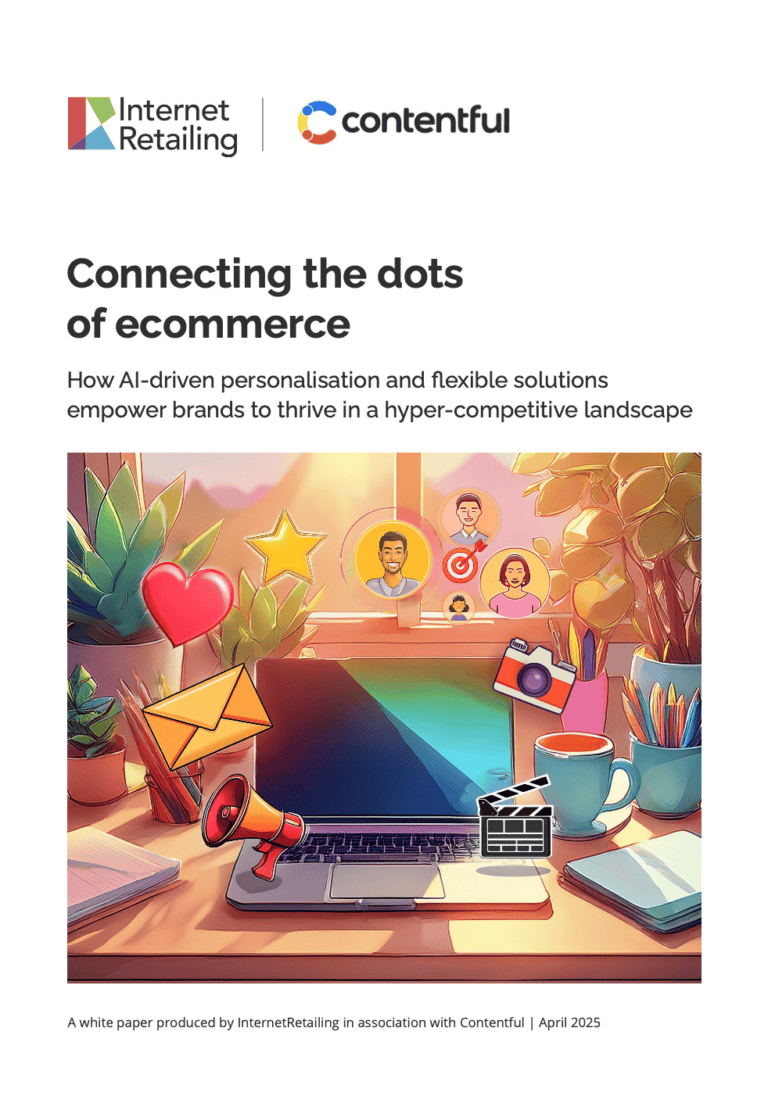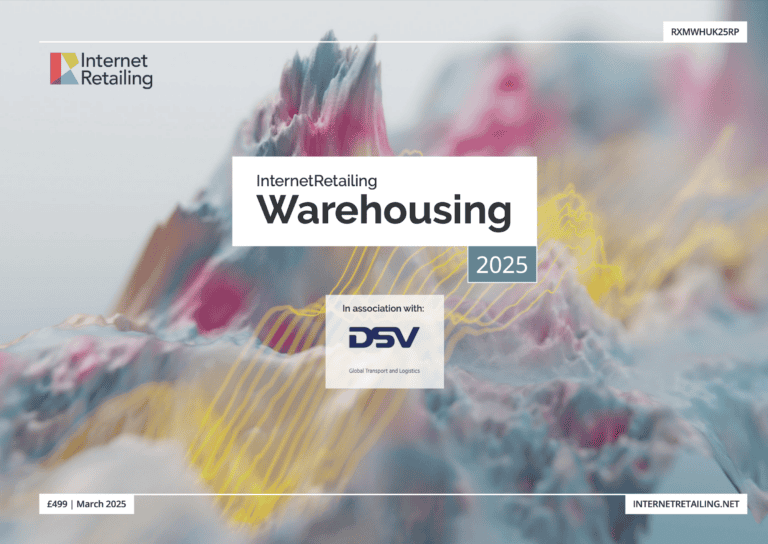Nine per cent of UK adults use a fast delivery service, to get their groceries within an hour of ordering – and half of those who use them expect to be using them more within a year, new research suggests.
Media agency Wavemaker questioned 2,000 UK shoppers about the delivery services they use and when, and why they use them for its Need it Now Revolution white paper. It found that use of fast delivery services is currently relatively low – compared to the 42% who order online from a supermarket, the 38% who order takeaways for restaurant delivery, and the 36% who order takeaways from a delivery service such as Uber Eats, Just Eat or Deliveroo – those who have used them are enthusiastic.
Fifty per cent of those who say they currently use a fast delivery service expect to use it more in 12 months time, while 29% expect to use it far more. Some 53% of those who have used them say they change the way they shop for the better, while 68% say they have improved their lives. At the same time, researchers found that Google searches for ‘fast grocery delivery’ are 182% up year-on-year, and searches for ‘quick grocery delivery’ are up by 243%.
Who uses fast delivery?
Some 40% of users are single, while 53% are married or live with a partner. Parents of under fives are 2.5 times as likely to use rapid delivery services: 25% have children under five, while 20% have children aged between five and 10. Most users are in cities, especially in London, the North West and the Midlands, and 56% are aged between 18 and 34, while 38% are full time workers.
Men are more likely than women to buy alcohol (20%/14%) or confectionery and snacks (57%/50%) while women are more likely than men to buy household products (38%/29%).
Those that have used a rapid delivery service are most likely to have used Uber Eats (50%), followed by Deliveroo (44%) and Amazon Fresh (30%), but the average user has used at least two different services. They are most likely to have replaced a quick top up shop locally for 38%, while for 31% they are an extra shop.
And why?
Asked what matters when using such a service, 44% named a low delivery charge, 34% ease of ordering and 33% good deals – while the quality of delivery was a priority for 32%. Less important are the brands that are sold or the exact speed of delivery. Some 13% prioritise family friendly brands, and the same prioritise premium food brands, while 9% are looking for a subscription to the service and 7% want ultra rapid delivery within 15 minutes.
More than half (52%) of rapid grocery delivery users are happy to switch if their usual brand is not available, while a further 31% will buy an alternative brand, even if they hesitate to do so.
Monica Majumdar, head of strategy, at Wavemaker UK, says: “Considering this sector is only 18 months old, grocery delivery services and the convenience they afford us are well and truly on the rise, and quickly altering the way we shop. As one shopper tweeted in our social media listening study, ‘Everyone’s addicted to Wordle, and I’m over here addicted to Getir’. As with any fast-moving sector, brands need to keep on top of consumer behaviour and this new breed of ’need it now’ shopper.
“If rapid grocery service delivery is more likely to be need-state driven, and therefore product first, brand loyalty isn’t everything in this space. Building trust and familiarity for your brand early on will increase your chances of making it into the consumer’s basket in these moments. Preparing well to be the brand available when the order is placed is an opportunity to steal shoppers from the safety of their own sofa.”
